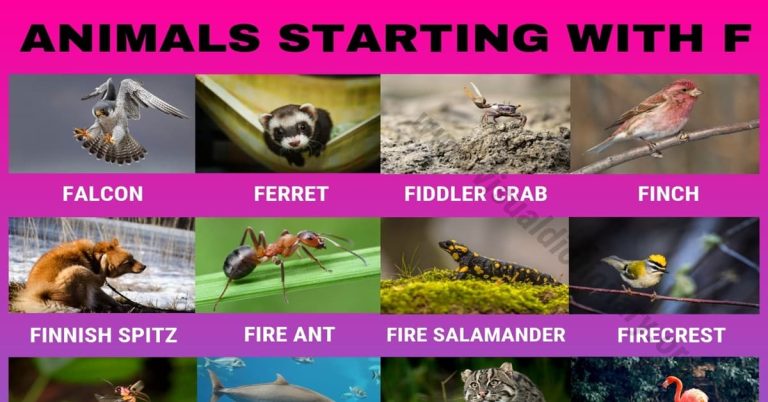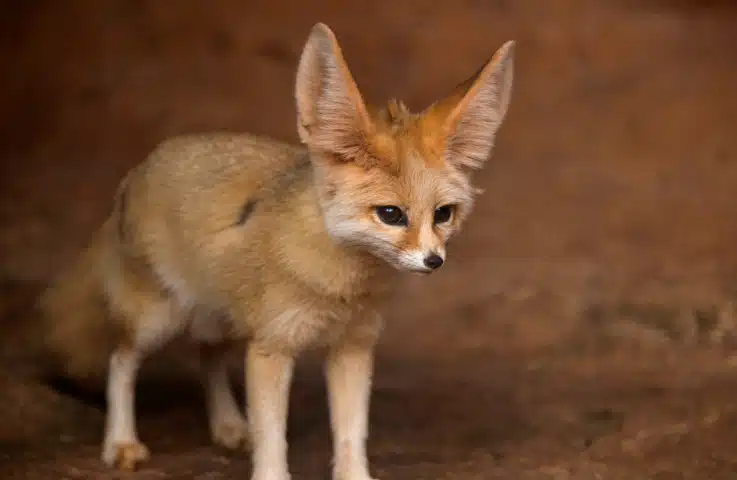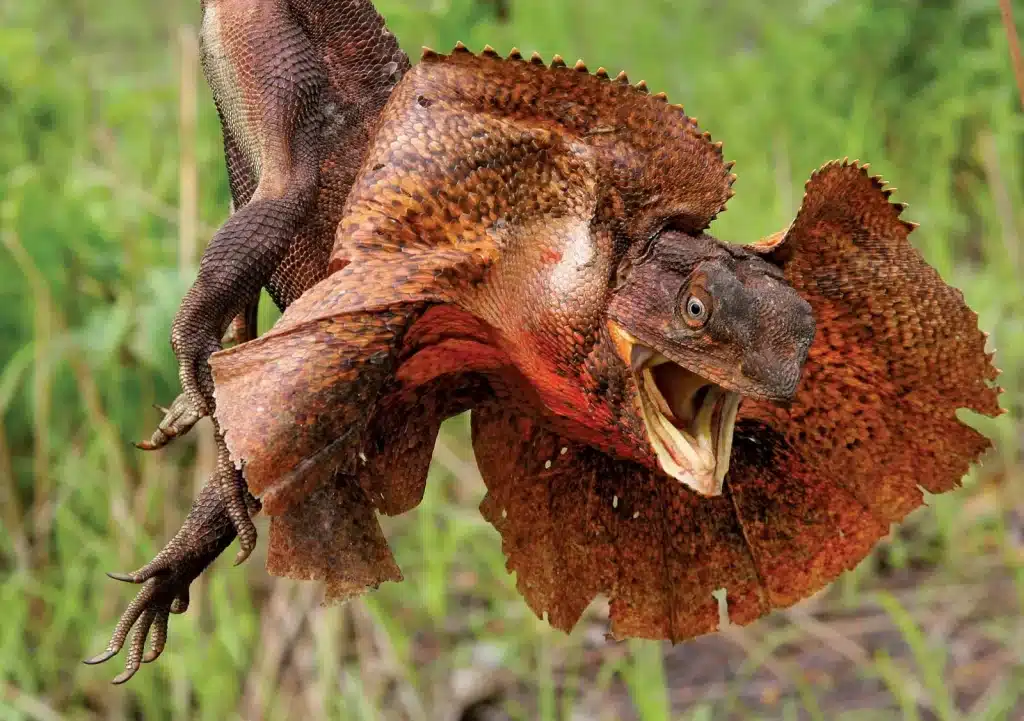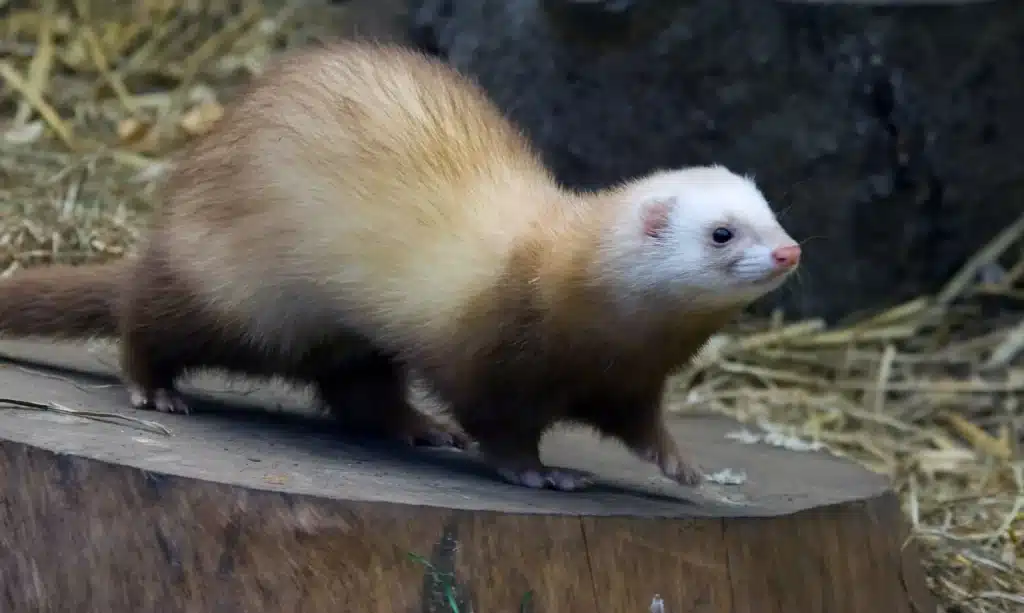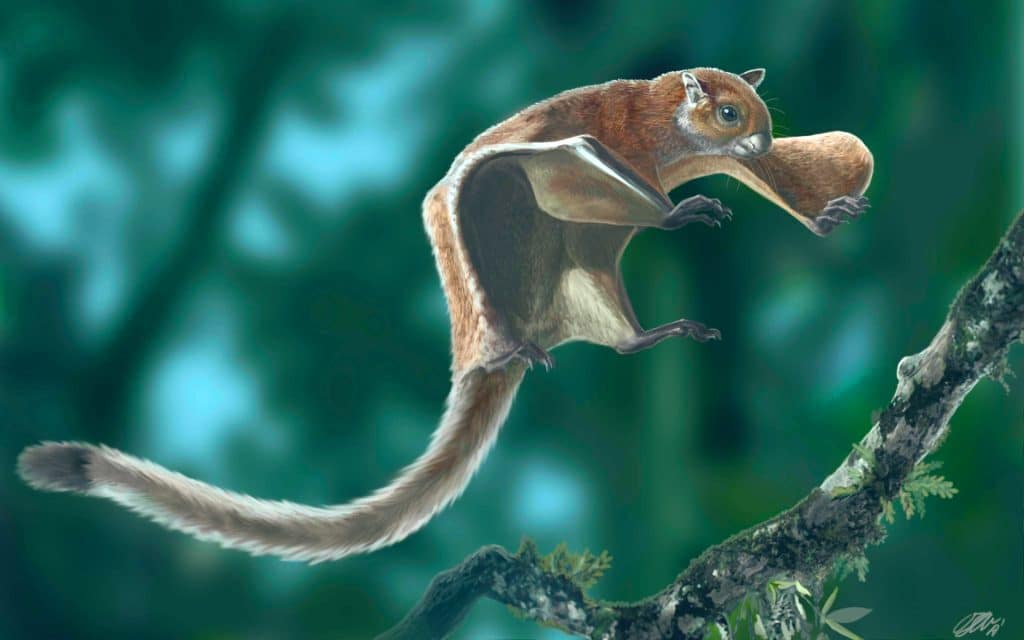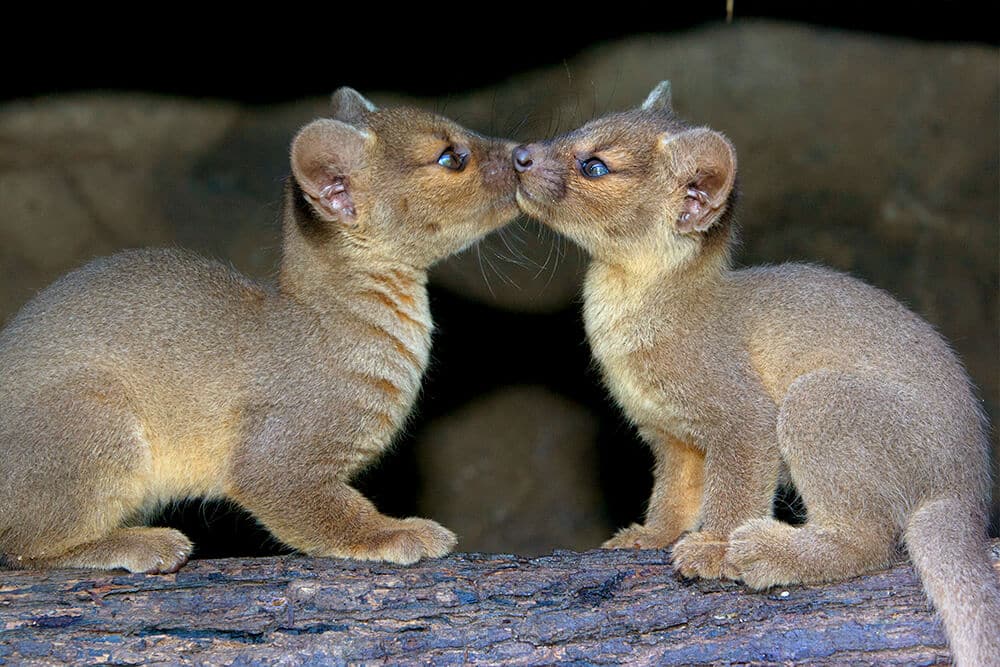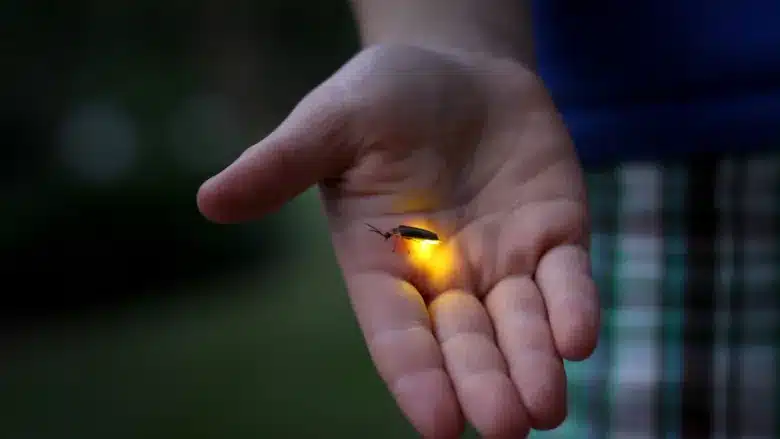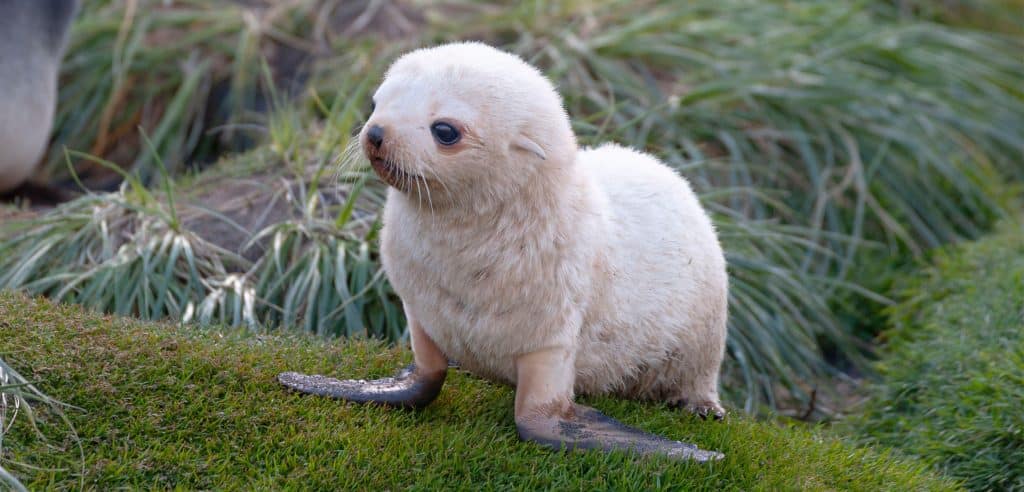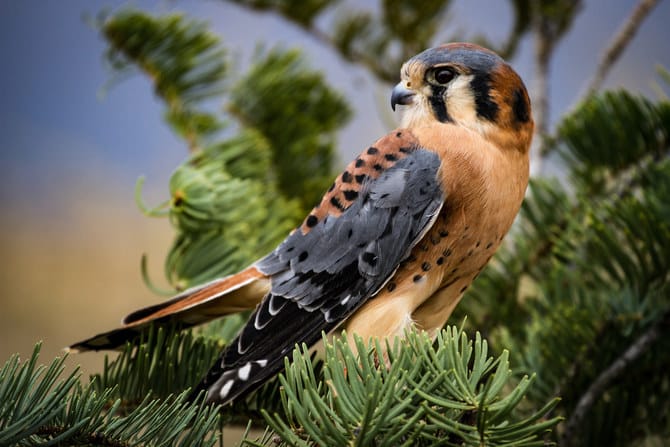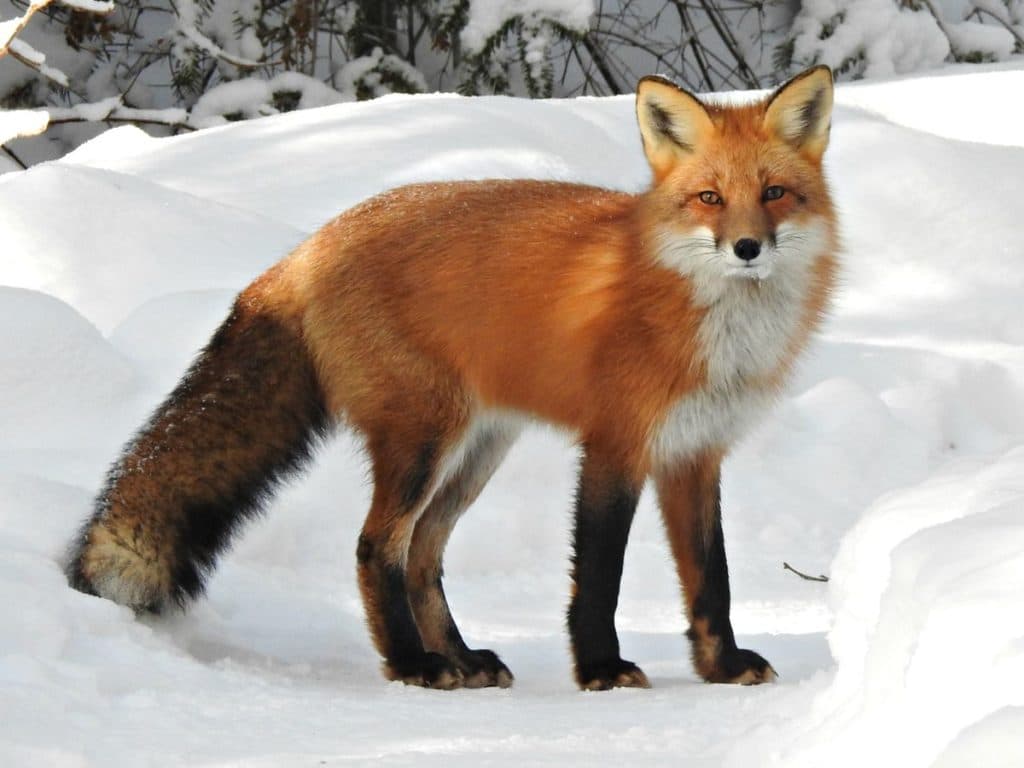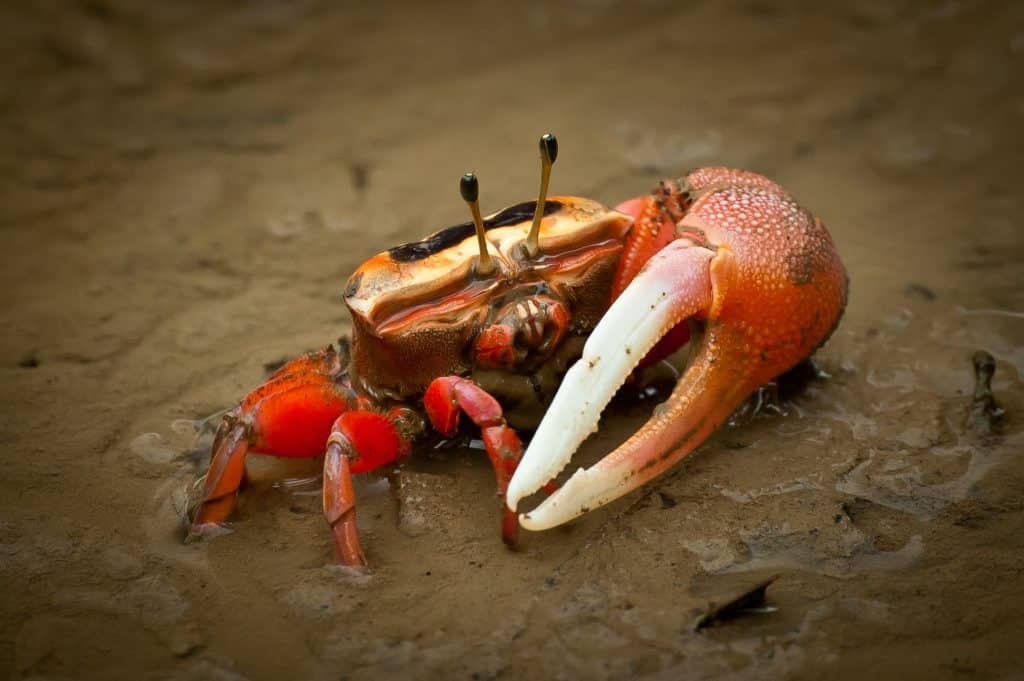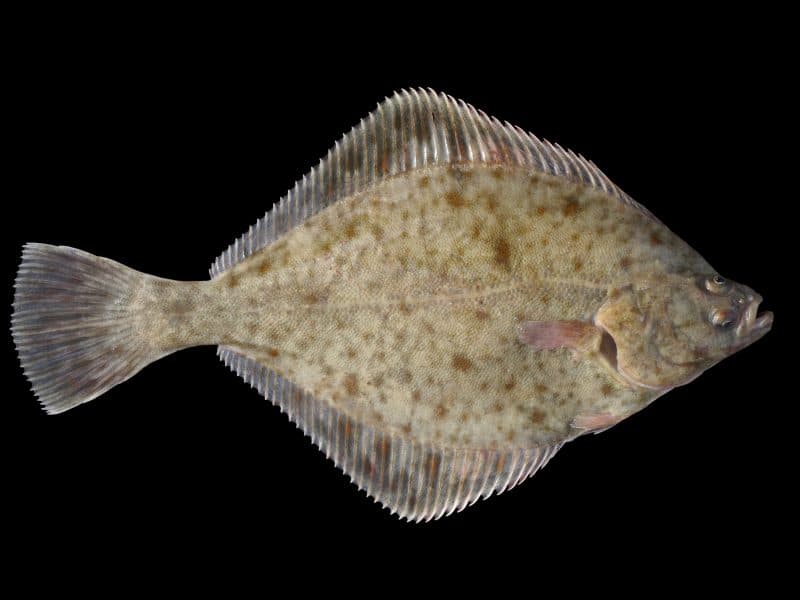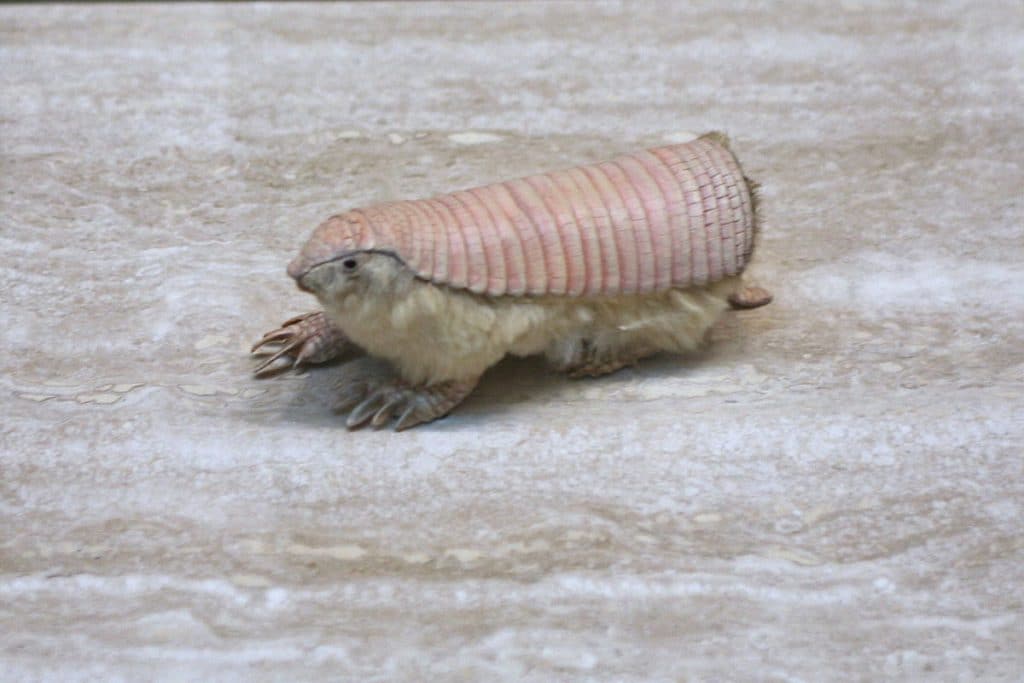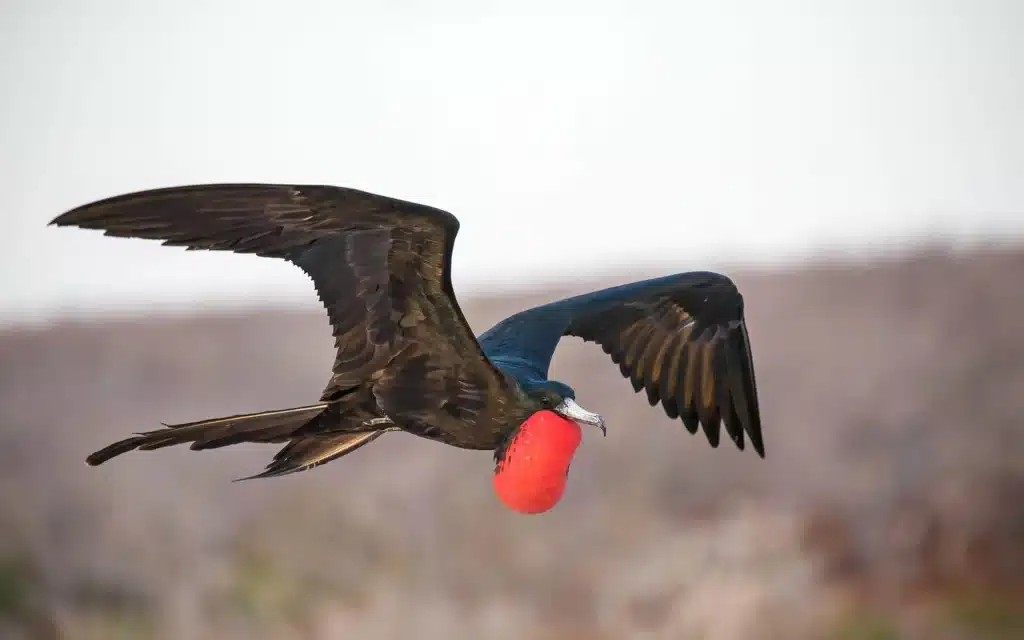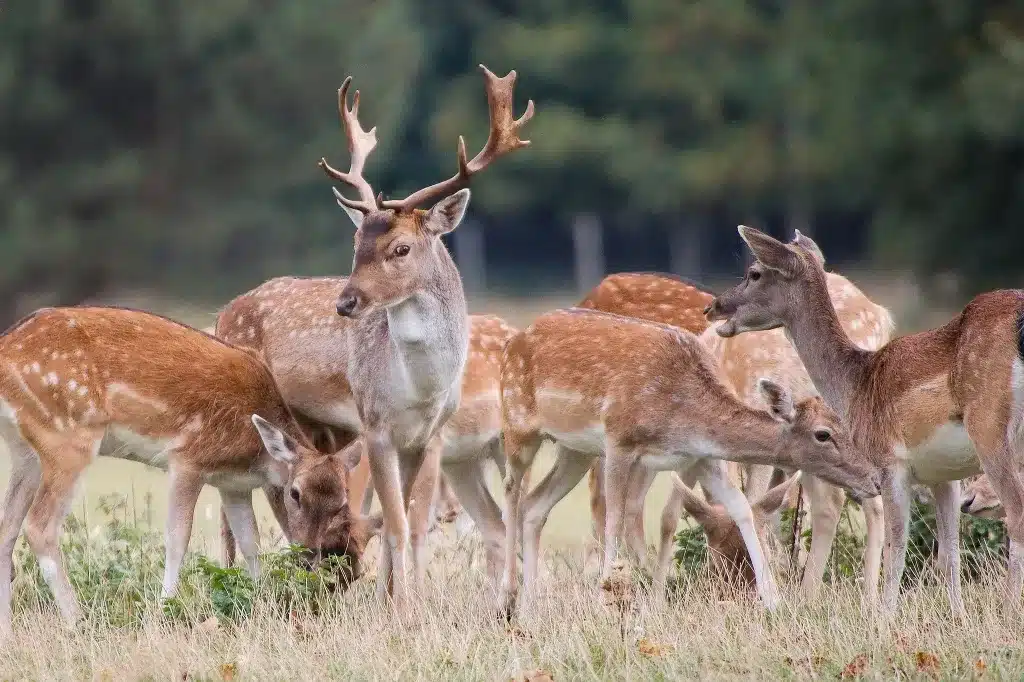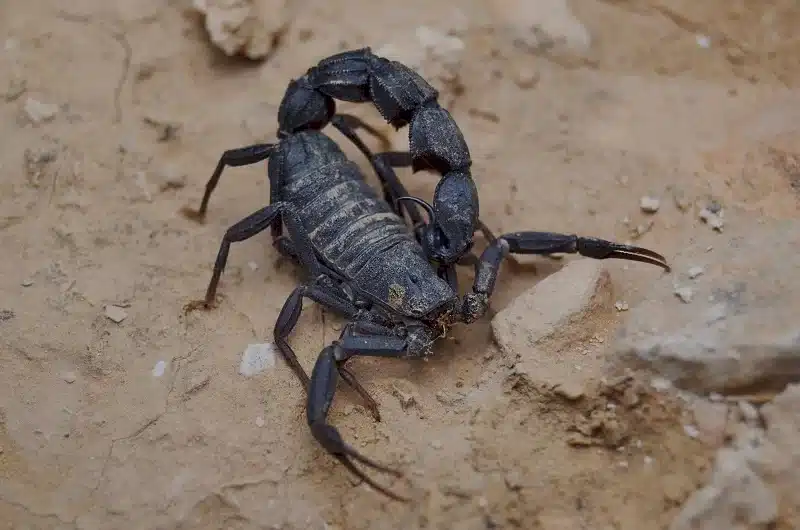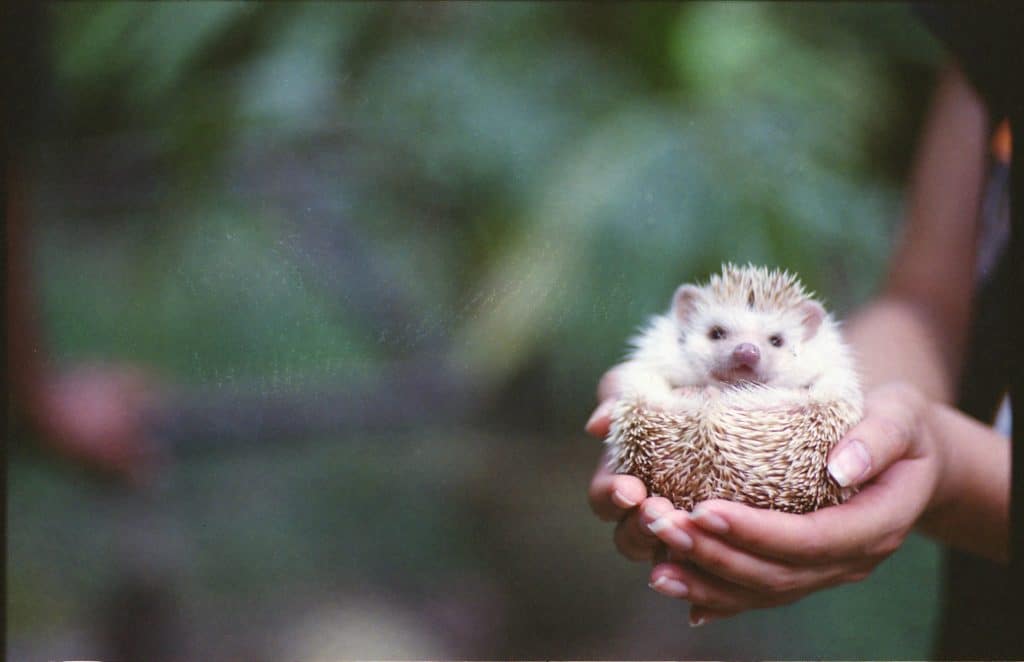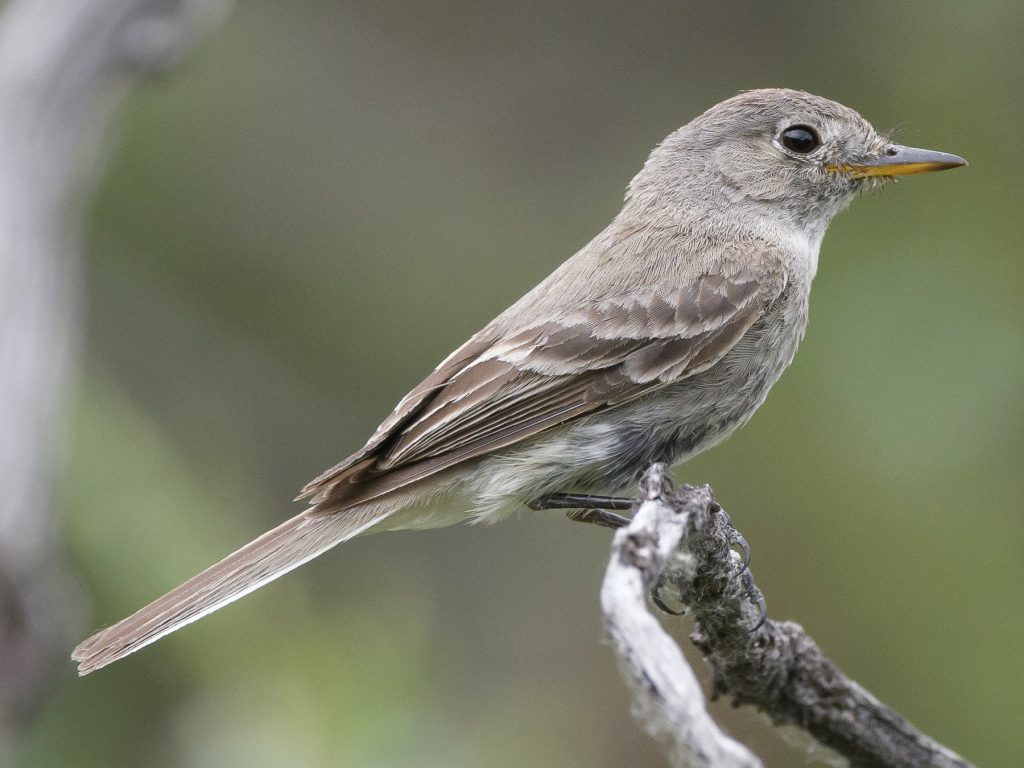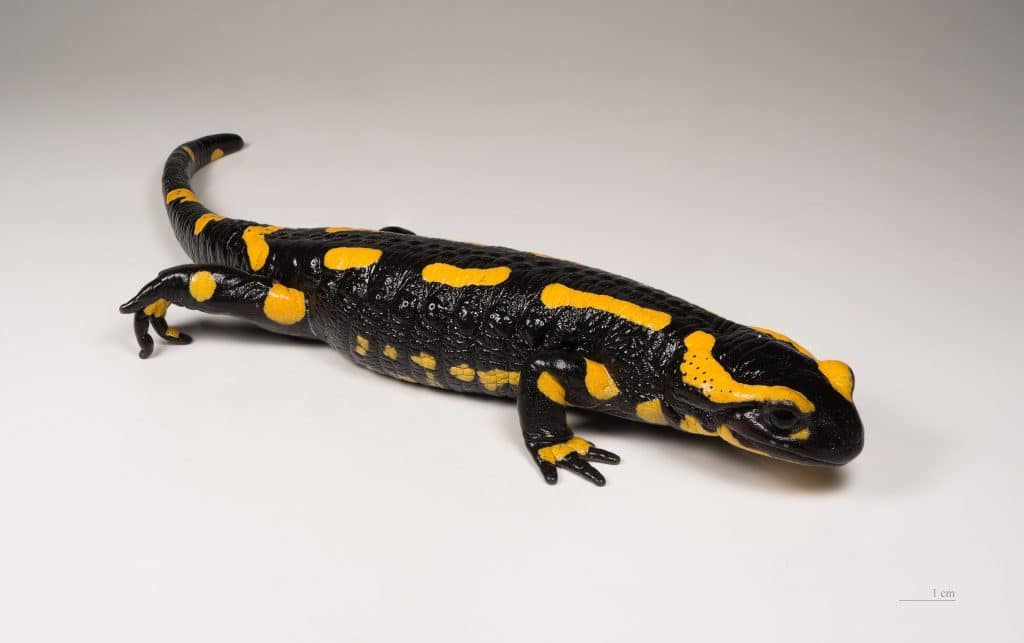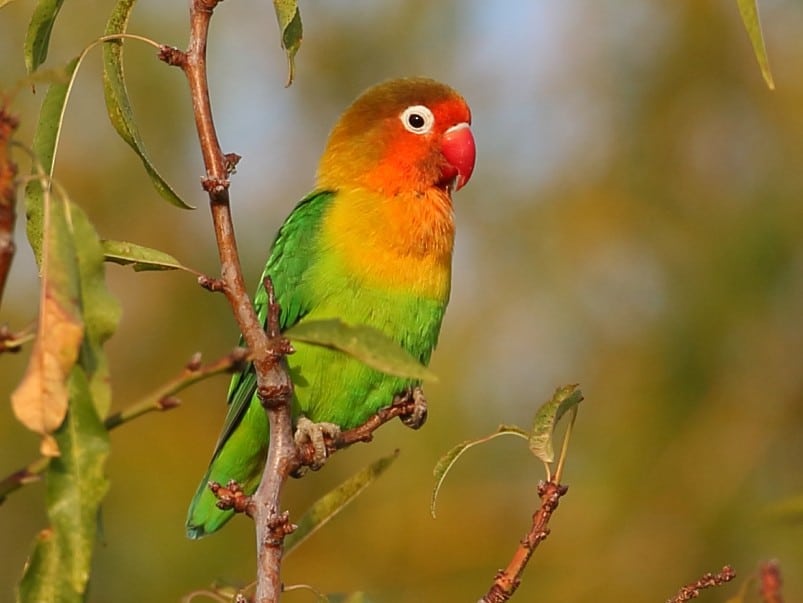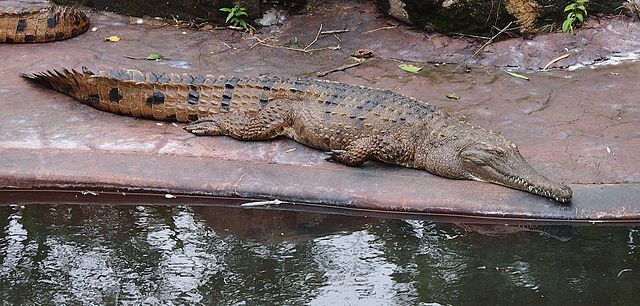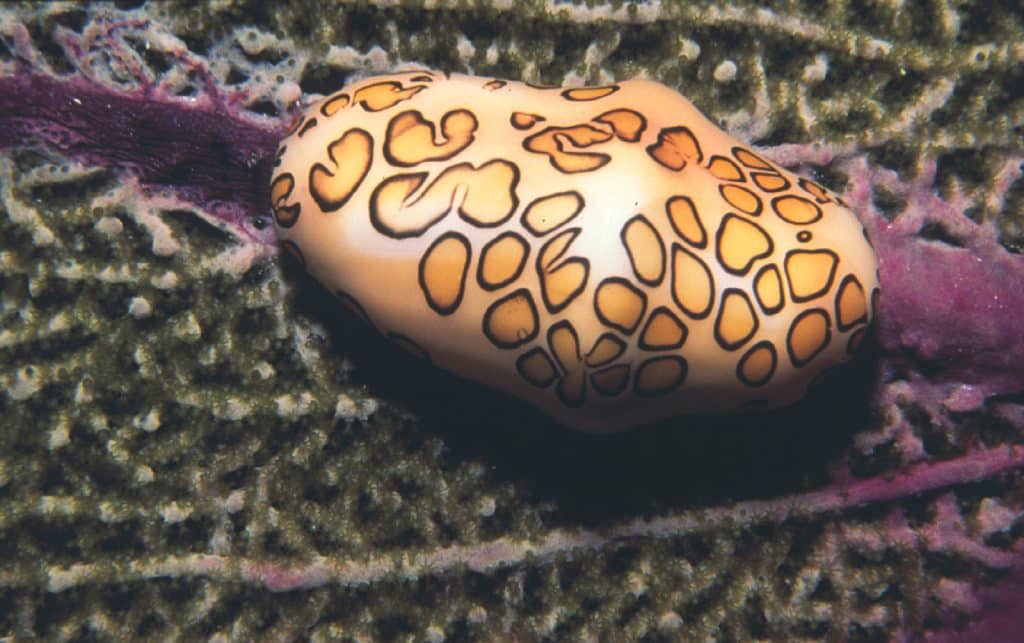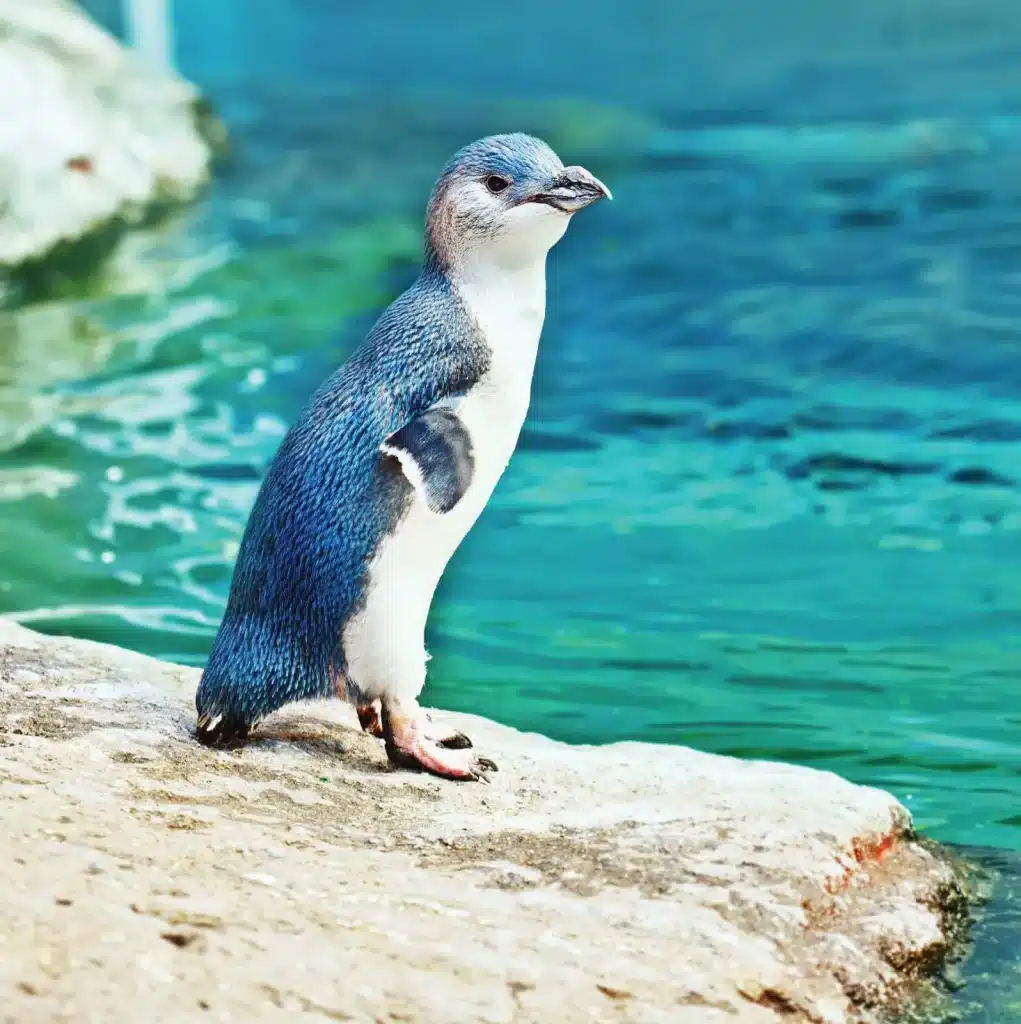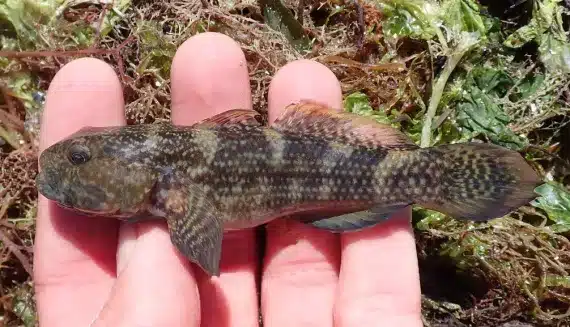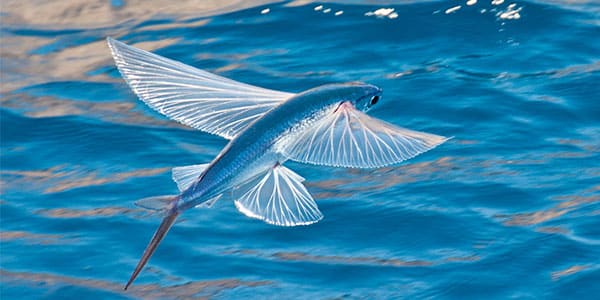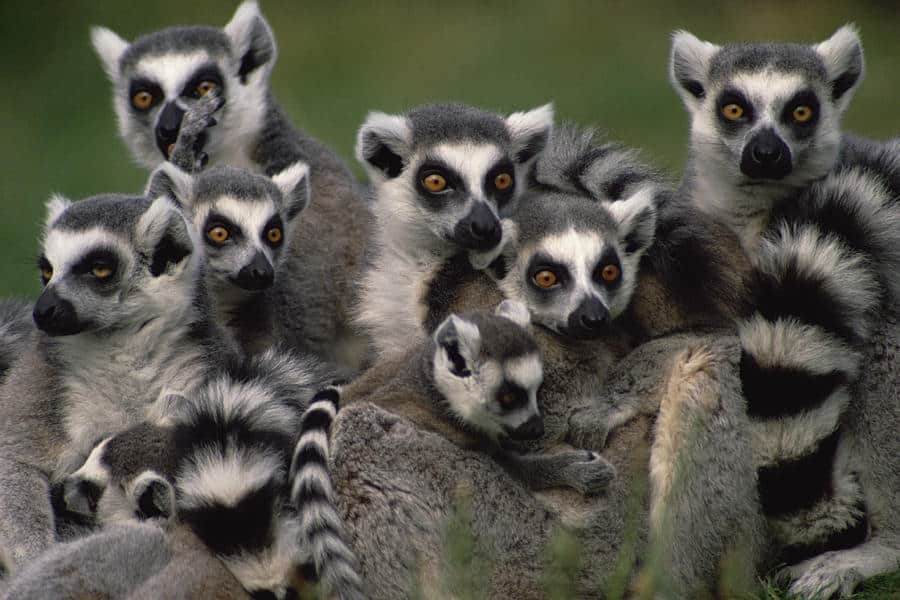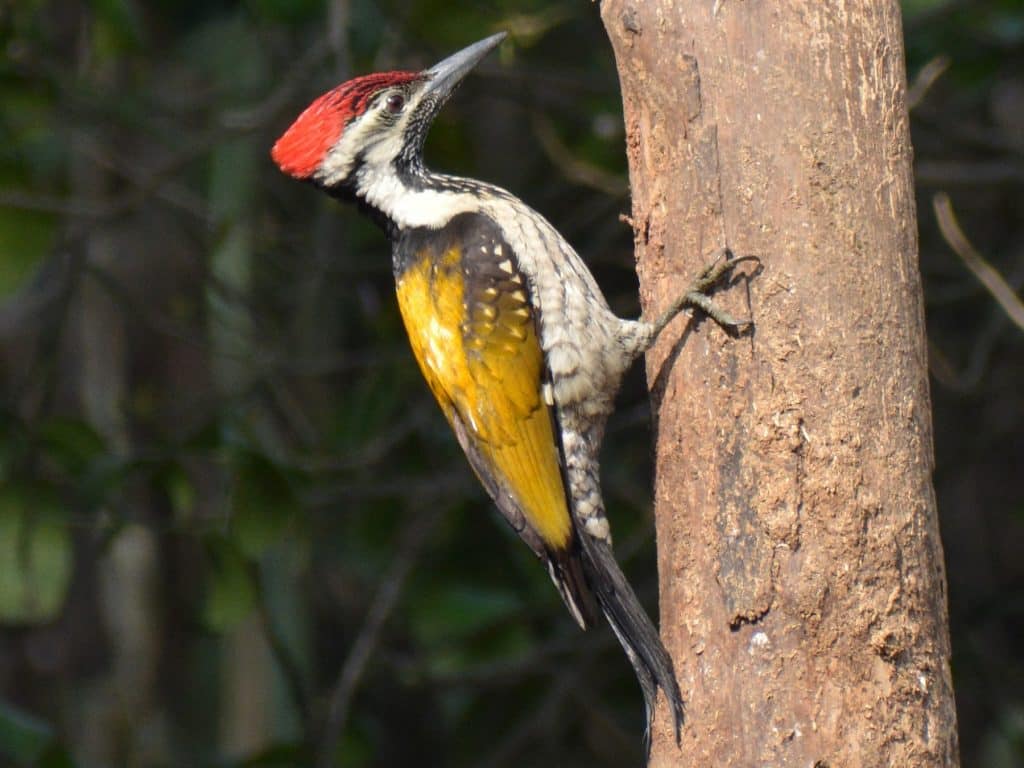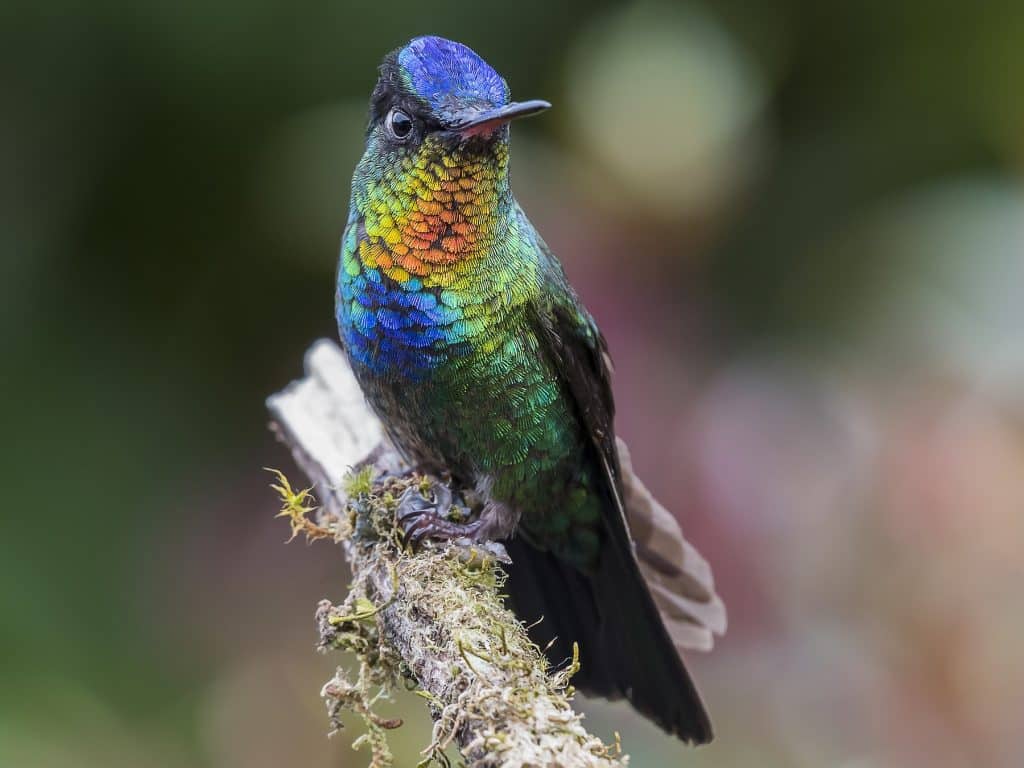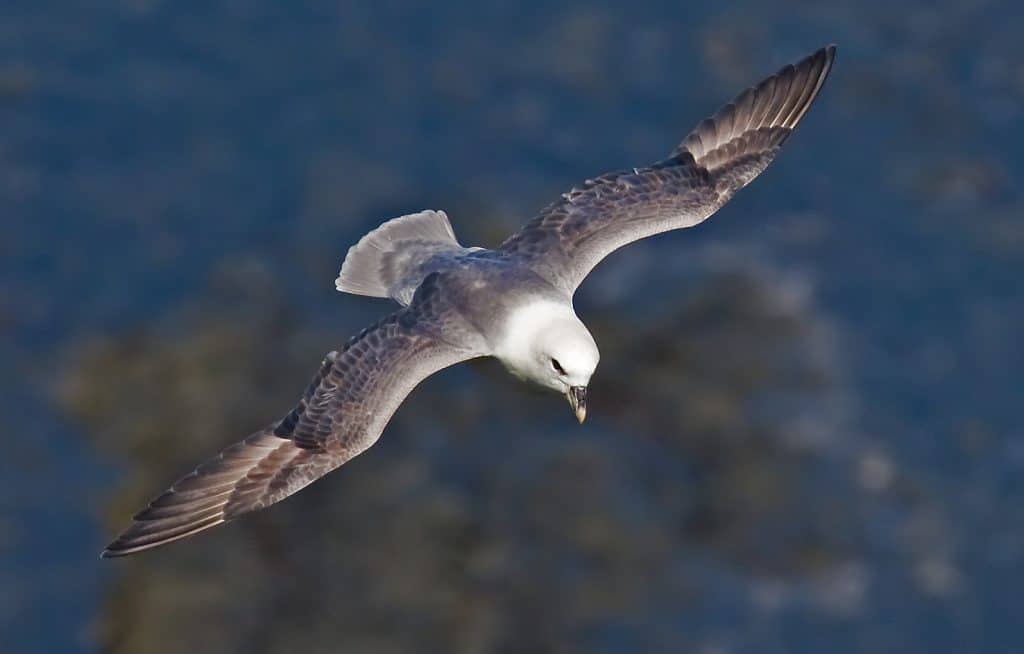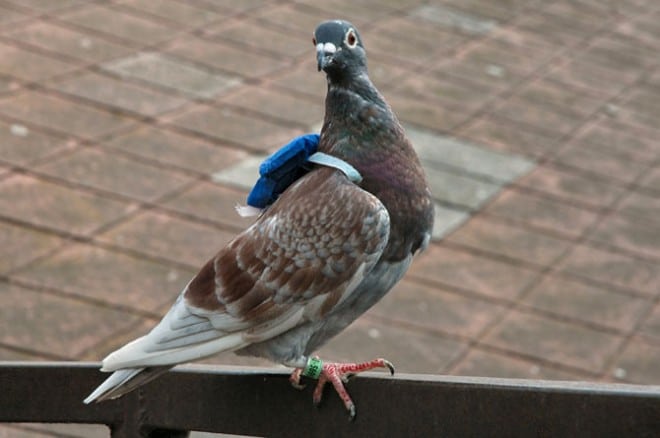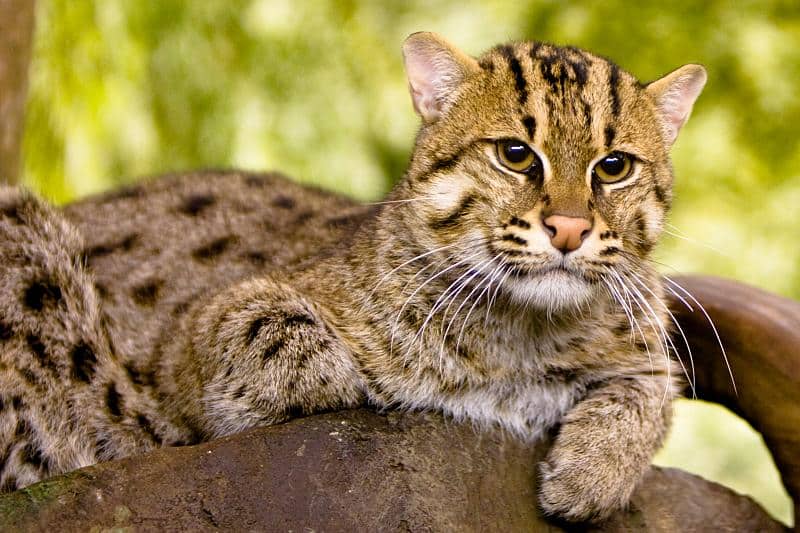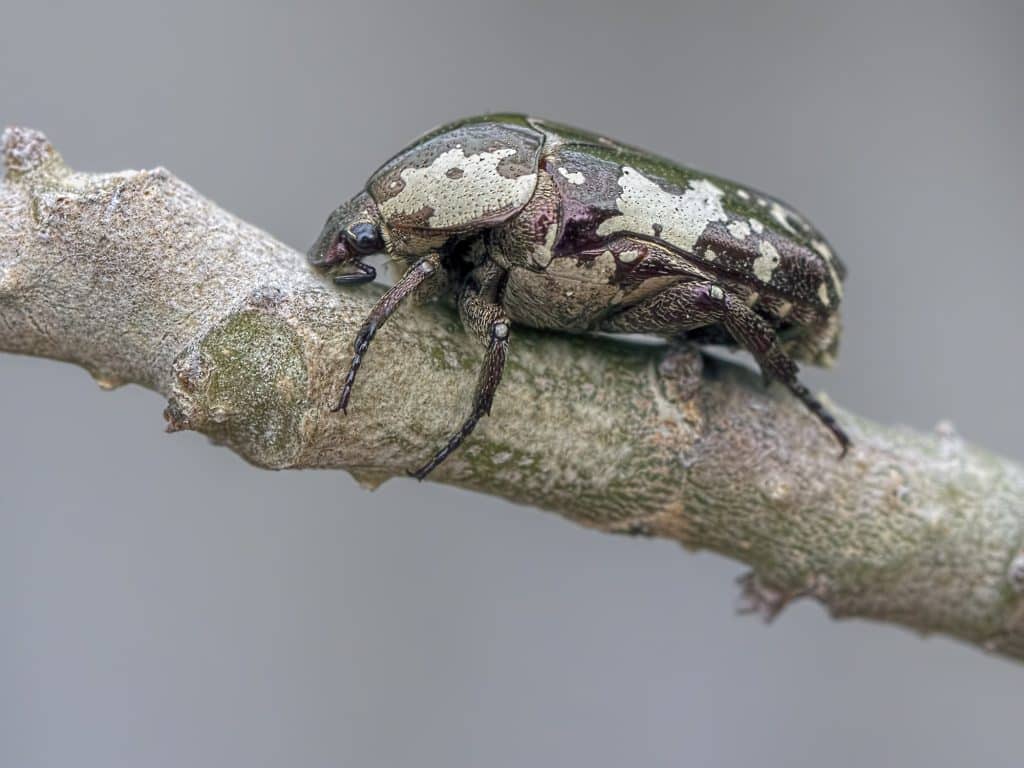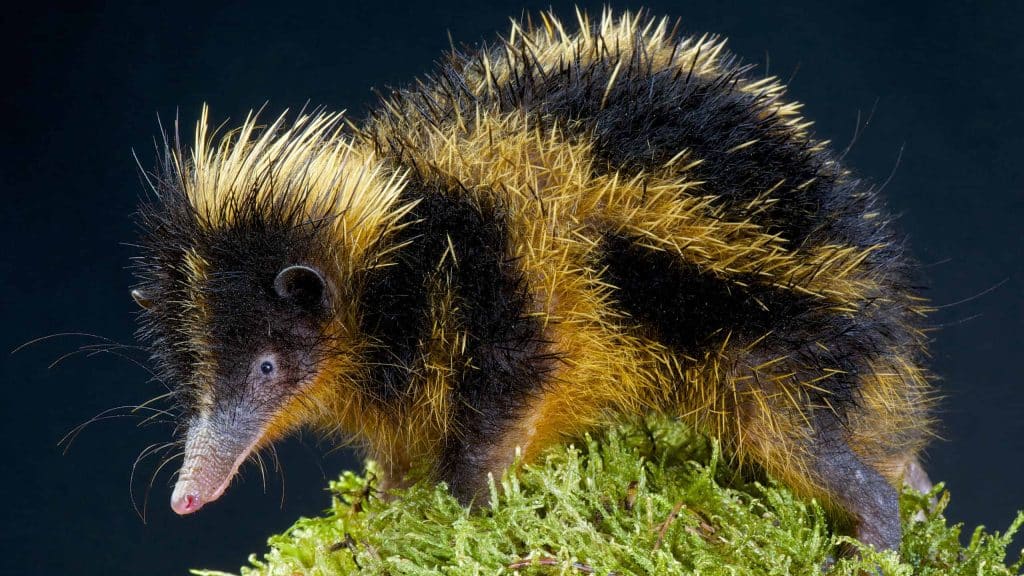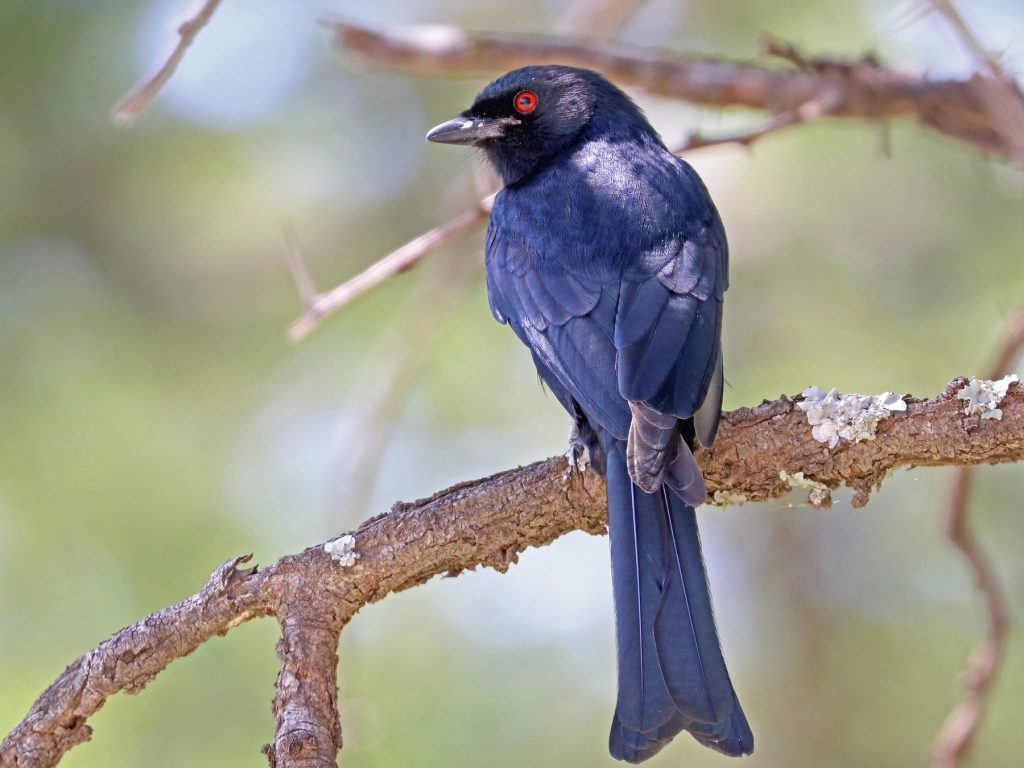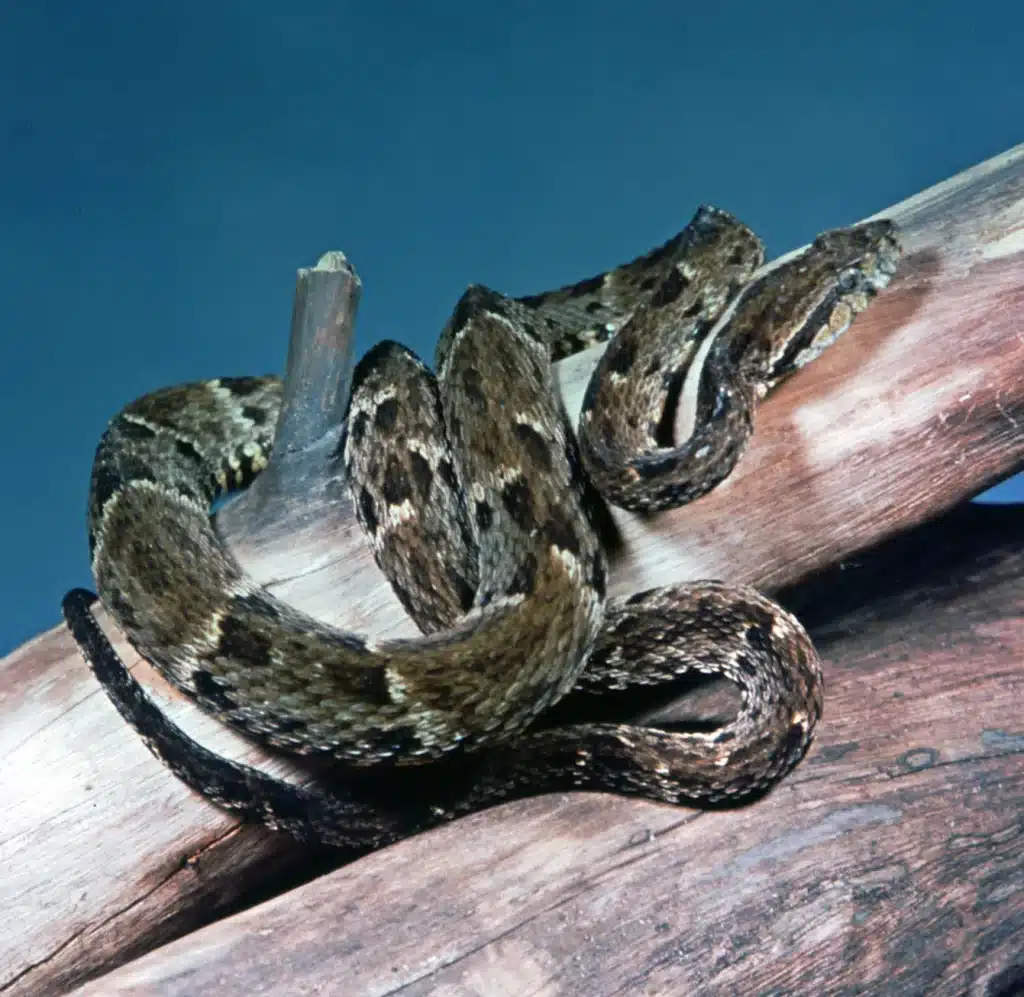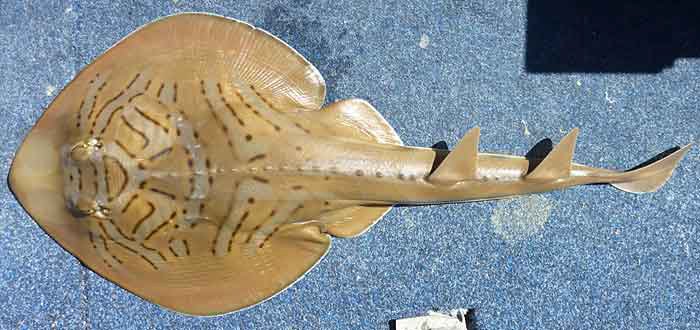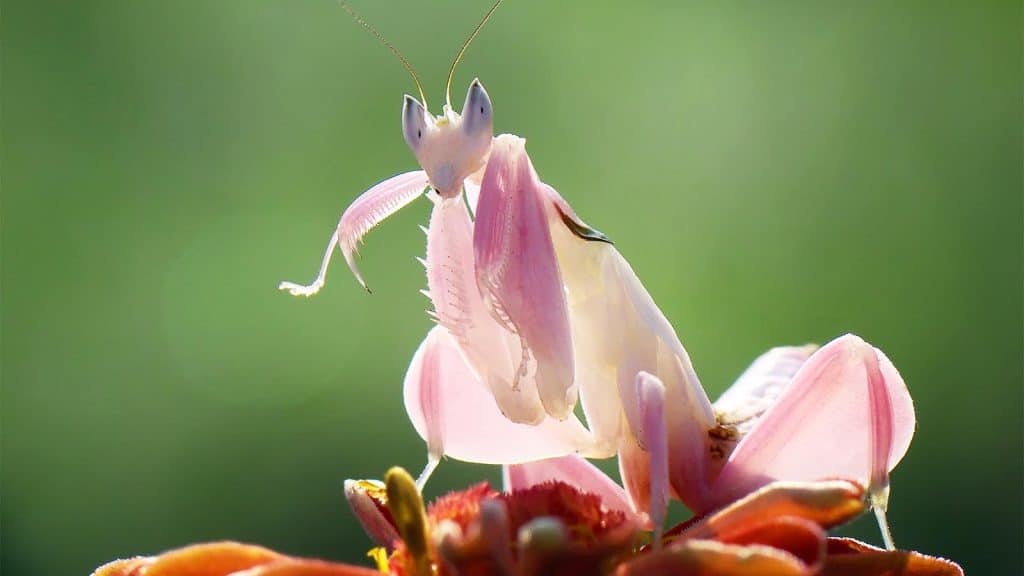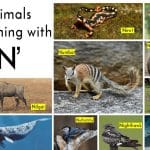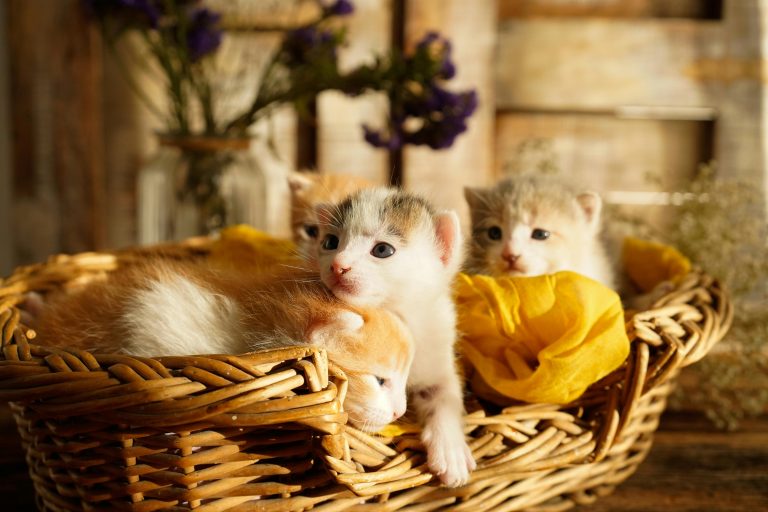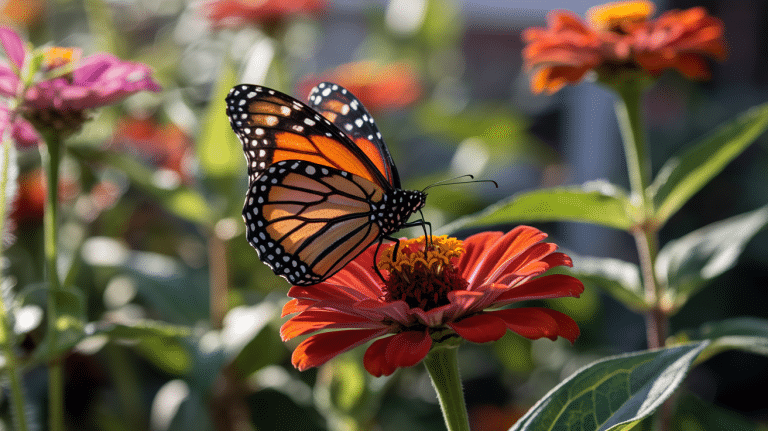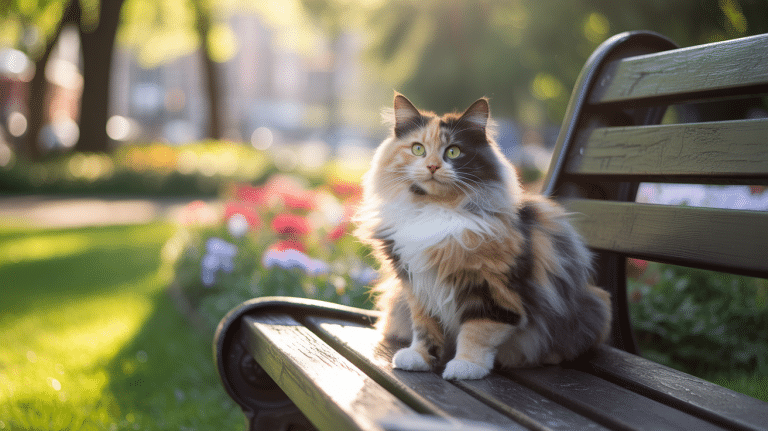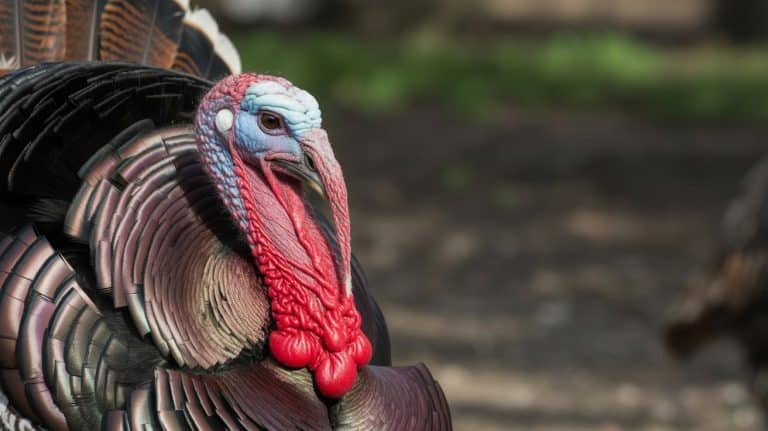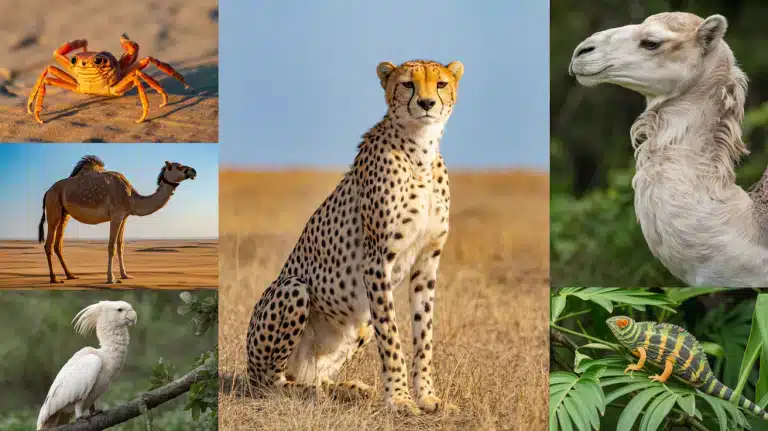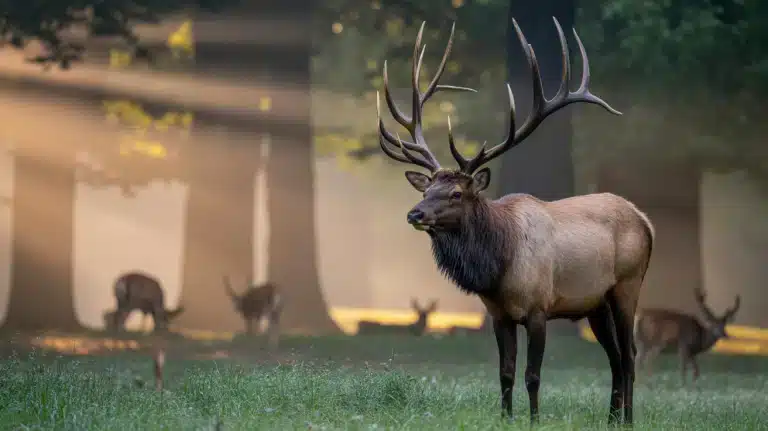Isn’t the animal kingdom quite fascinating? With loads of animals out there and unique adaptions made, the kingdom looks more surreal. But, one letter sticks out among the plethora of intriguing creatures, denoting a fascinating collection of creatures that inspire awe and curiosity: the letter F. Can you name some animals with the letter F?
We are sure you can’t name more than 10. So, we have curated a list of 35 animals whose name starts with the letter F.
These 35 animals, each of whose names begin with the letter F, may be found in a broad range of environments, such as the depths of the ocean, the skies, and vast swaths of grasslands, deserts, and forests.
They display an amazing range of adaptations, actions, and appealing traits.
These 35 species serve as shining examples of nature’s wonders, providing a window into the balance and complexity of life on our magnificent planet.
1. Flamingo
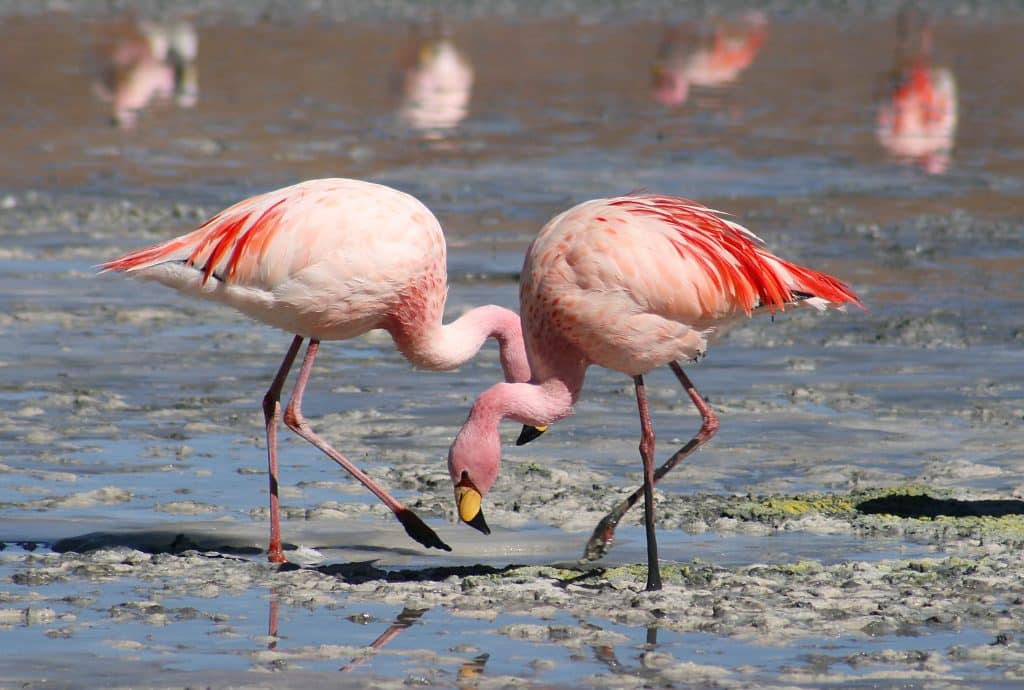
The Flamingo is unquestionably one of the most recognizable creatures, with its alluring pink plumage and graceful neck making it a sight to behold. These vending birds are widespread throughout the planet and can be found in the Americas, Africa, Europe, and Asia. They can also be seen flourish and shallow waters. They use their distinctive beaks that enable them to filter feed on small algae, crustaceans, and insects. Their mesmerizing synchronized dance routines during the mating season have captivated both scientists and nature lovers. In the wild, these birds may survive for 20 to 30 years. They may dwell in flocks of thousands of birds at times. Their webbed feet aid in their movement across the surface of a lake.
2. Fennec Fox
It lives in the dry areas of the Sahara desert, and it stands out thanks to its recognizable big ears. These amazing limbs are essential to Fox’s ability to control its body temperature in the sweltering desert heat. They also assist in finding prey since they can detect even the smallest ruffle in the sand. They are popular among wildlife enthusiasts due to their nocturnal habits and endearing look. The fennec may live in captivity for up to 14 years and in the wild for roughly 10 years. Their unusual bat-like ears reflect body heat and aid in keeping the foxes cool. They also have long, thick hair that shields them from the blazing heat during the day and insulates them during the frigid evenings.
3. The Frilled Lizard
The frilled lizard, which appears to have sprung directly from the Paleolithic era, exhibits a remarkable capacity for adaptability in the face of danger. When it detects that it is being captured, this Australian animal stretches a gorgeous frill over its neck to create the illusion of a larger, more frightening creature. This unique display not only scares away potential predators but also captivates everyone who sees this intriguing reptile. Females produce 8 to 23 small eggs in an underground nest, and hatchlings emerge completely self-sufficient and capable of foraging and using their frill. Their wild longevity is unknown, although specimens in captivity have lasted for 20 years.
4. Ferret
The ferret, which has been domesticated for hundreds of years, makes a fun and inquisitive pet for many people. These tiny, predatory creatures, which are related to weasels, are known for their limitless activity and their capacity to fit into small spaces. Ferrets create close relationships with their owners as pets and charm them with their playful behaviors. Ferrets have long, slender bodies with short, strong legs and a long, thin tail, as well as tiny eyes and short ears. The ferret has a lifespan of 5 to 8 years.
5. Flying Squirrel
The flying squirrels have a unique adaption that allows them to glide in the air, unlike their non-flying relatives. The patagium, a thin membrane that runs from their wrist to their ankles, allows them to accomplish this feat. These nocturnal rodents move gracefully from one tree to another while looking for food and cover in the night sky. They may survive in captivity for up to ten years but only approximately half that in the wild. Flying squirrels are widespread rodents in many regions of the nation, but few people ever see them since they are nocturnal. Due to habitat degradation, two subspecies of the northern flying squirrel are federally categorized as endangered.
6. Fossa
The fossa is a cryptic and secretive carnivorous animal that is native to Madagascar. The fossa, which has characteristics of both cats and dogs, crawls the island’s lush forest in search of lemur, other small animals, and birds. The fossa is more closely connected to the mongoose family despite having a cat-like appearance. Infants wean at 4.5 months and are self-sufficient at a year. Sexual development occurs between the ages of three and four, and the average life expectancy in captivity is 20 years. The IUCN Red List classifies the fossa as vulnerable.
7. Firefly
Fireflies, a representation of the wonder in nature, put on a spell-binding show on warm summer nights. These delicately sparkling bioluminescent insects fight for attention by illuminating themselves to promote potential maids. People have always been enthralled by the unique pattern and rhythm that each species of firefly produces in their flashes. In the wild, fireflies generally have a lifespan of two months. There may be a drop in firefly numbers, according to anecdotal information. Because of industrialization, there are fewer fields, meadows, woodlands, and other natural environments where fireflies may be found.
8. Fur Seal
The fur seal is a skilled swimmer who thrives in the ICs of the Antarctic and subantarctic areas. Its thick fur coat acts as protection from the hard environment. These marine animals create enormous colonies on secluded islands frequently, displaying a fascinating social structure. Due to predation, environmental issues, and commercial fishing, they only live an average of 20 years. Antarctic fur seals share similar life lengths. Females typically live to be approximately 25 years old. Males live just approximately 15 years on average, which is comparable to a dog.
9. Falcon
The Falcon ranks among the swiftest Raptors thanks to its speed and accuracy. These majestic Raptors can identify their prey from a considerable distance thanks to their excellent eyesight. Also, the strong winds allow them to fly at extraordinary speeds during their lethal dives. The average longevity of a falcon in the wild is around 13 years, although some can survive for 16 to 20 years. Falcons kept in captivity can live for up to 25 years.
10. Fox
The fox is a crafty and adaptable mammal that is a member of the Canidae family. It has extraordinary adaptations that have helped it to survive in a variety of habitats all over the world. Foxes are renowned for their quickness and excellent senses, making them fearsome predators. They have slim bodies, bushy tails, and characteristic pointed ears. Their social structures can differ, with some species establishing families and others living alone. Under the wild, a fox’s normal life expectancy is between three and five years, while some individuals may live longer under ideal circumstances. The capacity of foxes to tolerate cold conditions is one of their notable adaptations. This ability is made possible by their thick coats and bushy tails, which act as both insulation and communication aids.
11. Fiddler Crab
The fiddler crab performs beautiful courtship rituals with NT partners with its one large claw that resembles a fiddler’s bow. These intriguing crustaceans open inhabit intertidal areas, scuttling through muddy or sandy coastlines and digging elaborate tunnel systems. Fiddler crabs live very short lives compared to other species in terms of longevity. They normally have a lifetime of one to two years in the wild, depending on a variety of variables such as habitat and predation levels. The bigger claw that the male fiddler crab has is used for courting displays and warding off rivals. The smaller claw is utilized for feeding as well as other common tasks.
12. Flounder
The flounder is a master of disguise, having the extraordinary ability to alter its color and skin pattern in order to blend in with its involvement. This ability enables it to almost disappear from view of both predators and prey on the ocean floor. Flounders have an average lifespan of 3 to 10 years. The flounder has a white underside and a black topside. This unique modification is known as countershading. When the flounder is swimming, predators (creatures that consume other animals) have a tougher time spotting it. Flounder may alter its color to blend in with its surroundings.
13. Fairy Armadillo
One of the tiniest armadillo species in the world is the fairy armadillo, which is native to Argentina. It is a peculiar and alluring species due to its charming look and armor-like shell. To escape the sweltering heat of the day, the fairy armadillo lives a nocturnal existence by borrowing in sandy soil. The lifetime of the pink fairy armadillo has not been the subject of any extensive research. The longest life span recorded in captivity is four years. The majority of these creatures pass away shortly after being brought in.
14. Frigate Bird
With a wingspan of up to 8 feet, the graceful and soaring frigate bird flies smoothly over the vast ocean. These seabirds, often known as Pirates of the skies, are famed for their ability to snag food in midair and are known for their spectacular aerial acrobatics. A frigatebird’s lifespan can range from 25 to 34 years. Males are often smaller and lighter than females. Some species’ breasts and abdomens are white, while the majority of the plumage is an iridescent black-brown color. It avoids the greater energy demands of flying in thinner air by simply riding high-altitude currents with its enormous wings. Other birds are forced to rely on unique physiological modifications.
15. Fallow Deer
The fallow deer lives in European beauty with its imposing antlers and mottled coat. Due to their alluring look and calm disposition, they are a common species in parks and game reserves. At the age of 5 to 9 for men and 4-6 for females, both sexes reach their full growth. These creatures are thought to have a 25-year lifespan in the wild, which is improbable. Senescence has been seen in subspecies animals in the wild.
16. Fat-Tailed Scorpion
This poisonous spider lives in desert areas and stores fat in its thick tail so that it may go for extended periods of time without eating or drinking. Due to the potency of its venom, the fat-tail scorpion is revered in its natural involvement. They have a five-year lifespan. Adults can grow to a maximum height of 80 millimeters or between 40 and 60 millimeters. Being nocturnal, these scorpions prefer creating scrapes in wood, which they hide in throughout the day to keep wet. They employ neurotoxic venom, which has a rapid onset of action and rapid absorption.
17. Four-Toed Hedgehog
The full toured hedgehog, a native of central and eastern Africa, has four tools on its rear foot and a rounded shape. These endearing nocturnal critters hunt for insects and other tiny invertebrates at night using their excellent sense of smell. They have a lifespan of 8 to 10 years in captivity and 2 to 3 years in the wild.
18. Flycatcher
True to its name, the flycatcher uses its quick and precise motions to catch flying insects. Flycatchers can move quickly through the air while pursuing flying insects thanks to their slim and nimble physique. They have pointed beaks that are ideal for catching and keeping their prey while it is in flight. Flycatchers typically survive 2 to 5 years, however, in ideal conditions, some individuals may live longer. Both birdwatchers and naturalists find them to be intriguing topics due to their distinctive mannerisms and outstanding flying abilities.
19. Fire Salamander
The fire salamander is a distinctive amphibian with stunning back skin and vivid yellow and orange patterns. These frogs release poisons as a protection strategy against predators and are frequently found in temperate woods and close to water sources. The European fire salamander shoots toxic fluid directly into an animal’s eyes or mouth when it perceives it to be a threat from glands behind its eyes. Additionally, it has glands on its skin that secrete poisons that can kill or injure an animal that comes in contact with it or attempts to eat it. The fire salamander has a lifespan of 6 to 50 years.
20. Fischer’s Lovebird
These love birds are native to areas of Africa; they are renowned for their friendly gestures and colorful plumage. They are well-liked pets among avian enthusiasts because of their sociable behavior and close relationships with their partners. In captivity, the Fischer lovebird has a 25-year lifetime on average. Around the world, these birds are frequently maintained as pets and are still frequently seen in many locations.
21. Freshwater Crocodile
The freshwater crocodile is smaller than its saltwater relatives and is found in freshwater areas of northern Australia. Despite its smaller size, it is nonetheless a formidable predator thanks to its ambush-hunting strategies. The intriguing freshwater crocodile is a reptile that is endemic to portions of Papua New Guinea and northern Australia. The semi-aquatic lifestyle of this species, which spends a lot of time in freshwater settings, including rivers, lakes, and swamps, is well adapted. It normally grows to a length of 2 to 3 meters and has a more streamlined and slender body than its saltwater crocodile relative, which is bigger. Freshwater crocodiles may live up to 70 years in the wild. However, this lifetime can change based on a number of variables, including predation, habitat quality, and human influences.
22. Flamingo Tongue Snail
The beautiful black and yellow patterns on this snail’s glossy, elongated shell are a magnificent example of the artistry of nature. It’s interesting to note that the color of the snail’s shell is not directly related to its pattern; rather, the animal’s mental tissue, which protrudes on the shelf’s borders, is what gives the color.
23. Fairy Penguin
This adorable sea bird, often called the little Penguin, is the smallest kind of Penguin in existence. The fairy Penguin, which is native to southern Australia and New Zealand, waddles ashore at sunset and delights observers with its wonderful display.
24. Frillfin Goby
The Frillfin goby, which inhabits coral reefs, is evidence of an astounding variety of marine life. They are a species that has a lengthy lifespan and, under the right conditions, may survive for up to 10 years. Your Yellow Watchman will have the best chance of living to be 10 years old if you take care of his diet, water, and surroundings.
25. Flying Fish
The flying fish uses its extraordinary ability to float above the water’s surface to flee from marine predators. It can smoothly glide across the ocean, traveling significant distances before plunging back into the sea, thanks to its wing-like pectoral fins.
26. Fossa’s Lemur
The focus lemur, which cohabitates with their secretive pusha, is a prime example of Madagascar’s abundant biodiversity. These endearing primates are important for the island’s involvement because they spread seeds and pollinate flowers.
27. Flame-Back Woodpecker
The flame-back woodpecker stands out as a remarkable inhabitant of Asian and African Woodlands with its blazing red plumage and pounding sound. Both are territorial shows and a way to draw mates, their rhythmic drumming on trees.
28.Fiery-Throated Hummingbird
The fiery-throated Hummingbird dazzles with its brilliant iridescent throat in the cloud forest of Central America. The male fiery-throated hummingbird, known for its spectacular plumage, has a vivid, iridescent green body with flashes of blue and turquoise, but it is its distinctive fiery-red neck that truly steals the show. When performing territorial and courting behaviors, this flame patch, which resembles a fiery sunset, creates an arresting visual spectacle. The colors of females are more muted, yet they nevertheless have a hint of elegance thanks to their iridescent green and white feathers.
29. Fulmar
The Fulmar, which lives in the cold North Atlantic and the Arctic, has a special stomach adaptation that enables it to spit foul-smelling oil at predators as a kind of protection. The attractiveness of these seabirds is increased by this behavior as well as their elegance in the air.
30. Follow Pigeon
The fellow pigeon, a native of the Pacific islands, adorns the Woodland with visit exquisite plumage and a serene disposition. Small groups of these friendly birds are frequently spotted searching for fruits and seeds. Its long tail, long, wide, pointed wings, tiny head and neck, and especially massive breast muscles let it fly for considerable distances. Pigeons flourish in urban areas where people have built structures that pigeons may modify for their own needs.
31. Fishing Cat
The fishing cat, as its name indicates, is a skilled hunter of aquatic animals. Its partly webbed paws let it swim and catch fish and other aquatic prey with exceptional accuracy. They achieve their full adult size at about eight and a half months, get their adult canines around eleven months, and reach sexual maturity around fifteen months. In captivity, they can survive up to 10 years.
32. Flower Chafer Beetle
The flower chafer beetle, which is covered in vibrant hues, is like living diamonds among the vegetation. These beetles are vital assets to ecosystems because they play a crucial role in pollination and plant reproduction.
33. Fossa’s Tenrec
The fossa’s tenrec, an insectivorous mammal that is native to Madagascar, coexist in the same environment as the mysterious posa. The regulation of insect populations is greatly aided by their spines, which provide protection from predators.
34. Fork-Tailed Drongo
The fourth-tailed drongo, known for its exceptional mimicking skills, is distinguished by its glossy Black plumage and unusual forked tail. This smart African songbird frequently deceives other species into dropping their food, with the drongo promptly grabbing it. It does this by mimicking the sound of other birds and even animals.
35. Fer-De-Lance
The fair de Lance is one of the most poisonous snakes in the world, and it is native to the deep woods of central and South America. It is a fearsome predator thanks to its strong venom and ability to execute pinpoint attacks.
Extras
Let’s dive in to see some more animals with the letter F
1. Fiddler Ray
Fiddler Ray, a member of the Stingray family, has a complex pattern on its flattened body. This species, which frequently hides in the sand with only its eyes and spherical showing, is a master of camouflage in its coastal environment.
2. Flower Mantis
The flower mantis cleverly integrates into the flowery habitat and is recognized for its remarkable resemblance to a flower. Its amazing resemblance enables it to surprise unwary insects That come to pollinate the flower, turning it into a vicious predator.
Conclusion
All in all, we are astounded by the incredible diversity of inventiveness found in nature as we come to the end of our journey through the fanciful menagerie of intriguing creatures beginning with the letter F. Each animal has a special story to tell about adaptability, survival, and beauty, from the colorful Flamingo to the illusive fossa, from the crafty fox to the flower mantis.
A wonderful variety of adaptations, behaviors, and alluring characteristics have been displayed. By protecting and preserving the wildlife on our planet, we make sure that future generations will be enthralled and inspired by the enchanted stories of the animal Kingdom.
Every animal on this list, beginning with the letter F is a monument to the glories of evolution and a reminder of inexhaustible treasures that get light hidden inside our glorious natural world.

